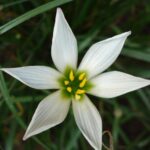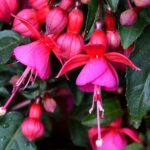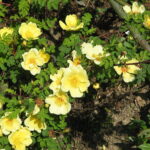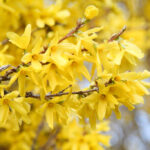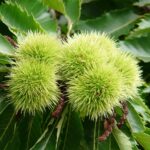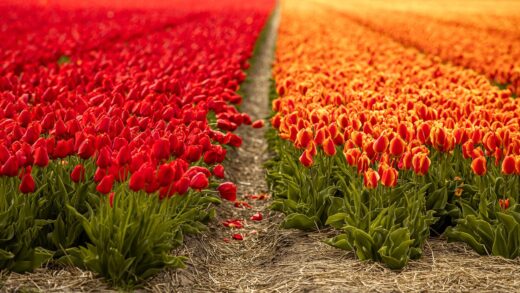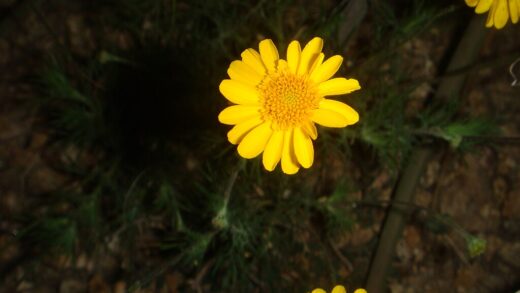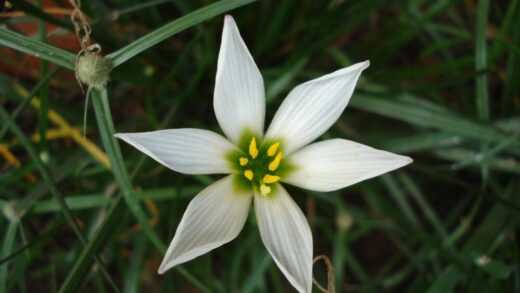The light requirements of japanese barberry
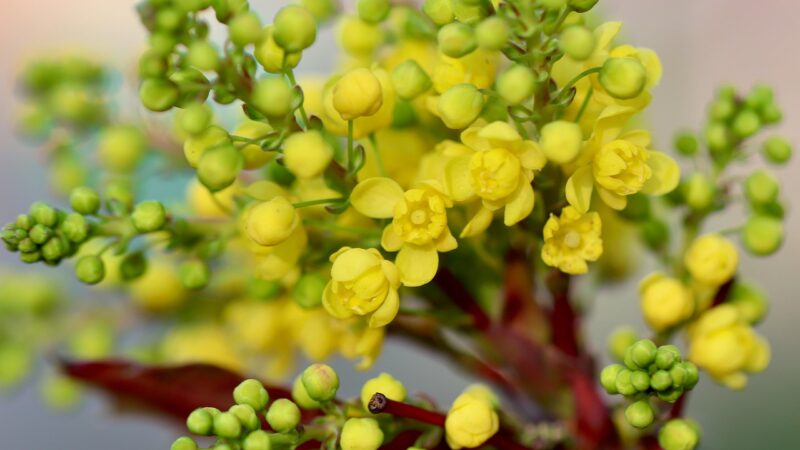
The amount of light a Japanese barberry receives is arguably the single most important environmental factor influencing its overall appearance and ornamental value. This shrub is fundamentally a sun-loving plant, and its performance is directly correlated with the duration and intensity of the sunlight it is exposed to. While it possesses a degree of tolerance for shadier conditions, its most desirable characteristics—vibrant foliage color, dense growth habit, and prolific flowering and fruiting—are all maximized when it is sited in full sun. Understanding how light impacts these specific traits allows a gardener to make informed decisions about placement, ensuring the plant can achieve its full aesthetic potential in the landscape.
Full sun, which is defined as a minimum of six to eight hours of direct, unfiltered sunlight per day, is the gold standard for growing Japanese barberry. In this environment, the plant’s physiological processes, particularly photosynthesis, operate at peak efficiency. This robust energy production fuels vigorous growth, resulting in a shrub that is dense, well-branched, and structurally sound. It is under these high-light conditions that the most dramatic and sought-after features of the plant truly come to life.
The most notable effect of full sun exposure is on the foliage color of the many popular cultivars. Varieties bred for their striking red, purple, burgundy, or chartreuse leaves depend on high levels of sunlight to develop and maintain these intense pigments. When deprived of adequate light, the chemical processes responsible for these colors are diminished, and the leaves will often fade or revert to a plain green color. This significantly reduces the plant’s visual impact and is a common source of disappointment for gardeners who have inadvertently placed a colorful cultivar in a shady location.
Beyond foliage color, abundant sunlight also promotes better flowering and subsequent fruit production. The small, yellow flowers that appear in spring, while not the primary ornamental feature, are more numerous on plants grown in full sun. This leads to a greater abundance of the bright red, olive-shaped berries that provide visual interest in the autumn and winter. Therefore, to fully appreciate all the seasonal attributes of Japanese barberry, providing ample sunlight is not just a recommendation, but a fundamental requirement.
The impact of full sun on foliage color
The vibrant and diverse foliage colors of Japanese barberry cultivars are their primary claim to fame in the horticultural world. Colors ranging from deep crimson and rich burgundy to bright gold and lime green make them standout additions to any garden design. The production of the pigments responsible for these non-green colors, particularly the red and purple anthocyanins, is a light-dependent process. High-intensity sunlight acts as a trigger, stimulating the plant to produce these protective pigments in large quantities.
More articles on this topic
In a full-sun location, a cultivar like ‘Crimson Pygmy’ or ‘Royal Burgundy’ will exhibit the deep, rich purple-red hues for which it was selected. The sunlight not only initiates the production of anthocyanin pigments but is also necessary to maintain them throughout the growing season. These pigments serve a functional purpose for the plant, acting as a natural sunscreen to protect the leaf tissues from potential damage caused by excessive ultraviolet (UV) radiation. This is why the color is often most intense on the newest growth and on the parts of the plant most directly exposed to the sun.
Similarly, the brilliant yellow and chartreuse colors of golden-leaved cultivars, such as ‘Sunsation’ or ‘Bonanza Gold’, are also best expressed in full sun. While these colors are primarily due to the presence of carotenoid pigments and a lower concentration of green chlorophyll, some sun exposure is needed to bring out their brightest tones. However, it is worth noting that some golden varieties can be susceptible to scorching or bleaching if they are exposed to the most intense afternoon sun in very hot climates, so a location with morning sun and some light afternoon protection can sometimes be ideal for these specific types.
The direct relationship between sunlight and foliage color is a critical consideration for landscape design. To create the intended contrast and visual appeal, a purple-leaved barberry must be placed where it will not be shaded by larger trees, buildings, or other shrubs. When planted in insufficient light, its color will invariably wash out to a muddy, greenish-bronze, losing the very characteristic that made it a desirable choice. Therefore, a careful assessment of a site’s light conditions is the first and most crucial step in successfully incorporating these colorful shrubs.
Performance in partial shade
While Japanese barberry is unequivocally a full-sun plant, it does demonstrate a notable level of adaptability and can tolerate conditions of partial shade. Partial shade is typically defined as an area that receives between three and six hours of direct sunlight per day, or is exposed to dappled sunlight for most of the day. In such a location, the plant will still grow and can function as a reliable foliage plant, but its performance and appearance will be noticeably different from a specimen grown in full sun.
More articles on this topic
The most immediate and obvious effect of planting in partial shade is the impact on foliage color. As previously mentioned, the intense red, purple, and gold hues of colored-leaf cultivars will be significantly muted. The leaves will produce more green chlorophyll to maximize their photosynthetic efficiency in the lower light levels, which masks the other pigments. A deep purple variety might appear as a dull bronze or even mostly green, while a golden variety may look more like a pale lime green. For the standard green-leaved species, this is less of an issue, but for the ornamental cultivars, it defeats their primary purpose.
Another significant change in performance is the plant’s growth habit. In shadier conditions, a Japanese barberry will tend to become more open, airy, and leggy in its structure. The stems will stretch and elongate as the plant reaches for more light, a phenomenon known as etiolation. This results in a less dense and compact shrub, with sparser foliage and a more sprawling appearance. The tight, mound-like form that is characteristic of many dwarf varieties will be lost in favor of a looser, less tidy habit.
Furthermore, plants grown in partial shade are often more susceptible to fungal diseases, particularly powdery mildew. The reduced sunlight and poorer air circulation typically found in shadier spots mean that the foliage stays wet for longer periods after rain or dew. This prolonged dampness creates an ideal environment for fungal spores to germinate and infect the leaves. While the plant will survive in these conditions, it will likely be less vigorous, less colorful, and require more attention to disease management than its sun-drenched counterparts.
Light’s role in flowering and fruiting
Abundant sunlight plays a direct and crucial role in the reproductive cycle of the Japanese barberry, influencing both its flowering and subsequent fruit production. The process of photosynthesis, which is maximized in full sun, provides the plant with the energy reserves necessary to form flower buds. A plant that is growing in an energy-rich environment will allocate more of its resources to reproduction, resulting in a more prolific blooming period. Consequently, shrubs sited in full sun will produce a significantly greater number of the small, pale-yellow flowers in the spring.
While the individual flowers of Japanese barberry are not particularly large or showy, their sheer number on a sun-grown plant can create a delicate and attractive display upon close inspection. More importantly, a greater number of flowers leads directly to the potential for a more abundant fruit set. Each successfully pollinated flower will develop into one of the small, oblong, bright red berries that are a key ornamental feature of the plant in the autumn and winter months.
The vibrant display of red berries provides a striking contrast against the autumn foliage and persists on the bare branches long into the winter, adding a welcome splash of color to the dormant landscape. This fruiting display is far more dramatic and visually impactful on plants that have received enough sun to flower profusely. In shady conditions, flowering is often sparse or may not occur at all, resulting in a plant that produces few, if any, of the characteristic red berries, thus depriving the garden of this valuable late-season interest.
It is this prolific fruiting, however, that is also at the heart of the plant’s invasive potential. The abundant berries are readily consumed by birds, which then distribute the seeds into surrounding natural areas. Therefore, when considering a full-sun location to maximize the ornamental fruit display, it is also the most responsible time to consider the use of sterile, non-fruiting cultivars. These varieties allow gardeners to enjoy the benefits of a sun-loving plant without contributing to the ecological problems associated with its spread.








